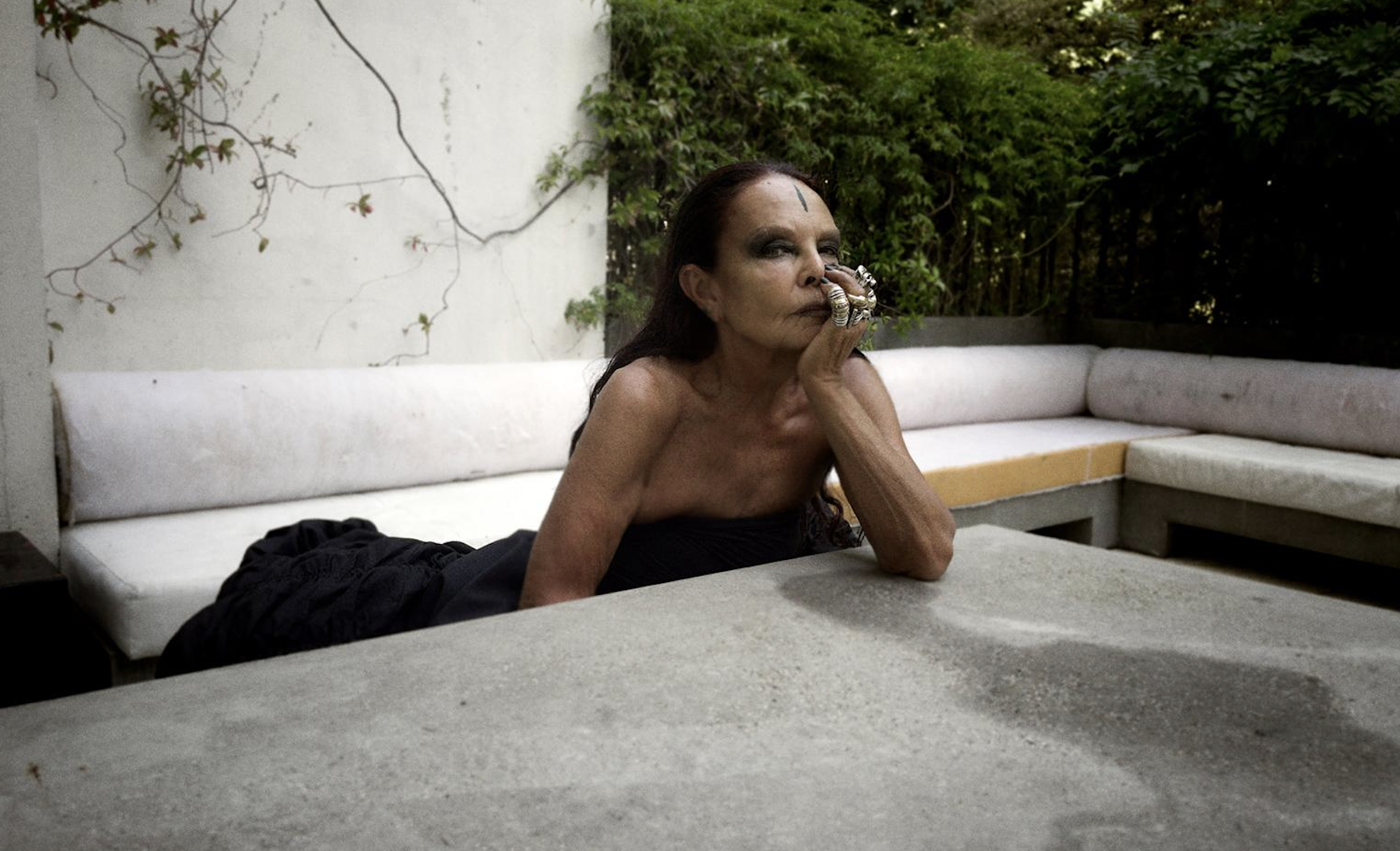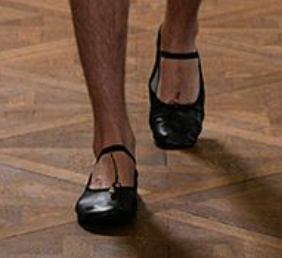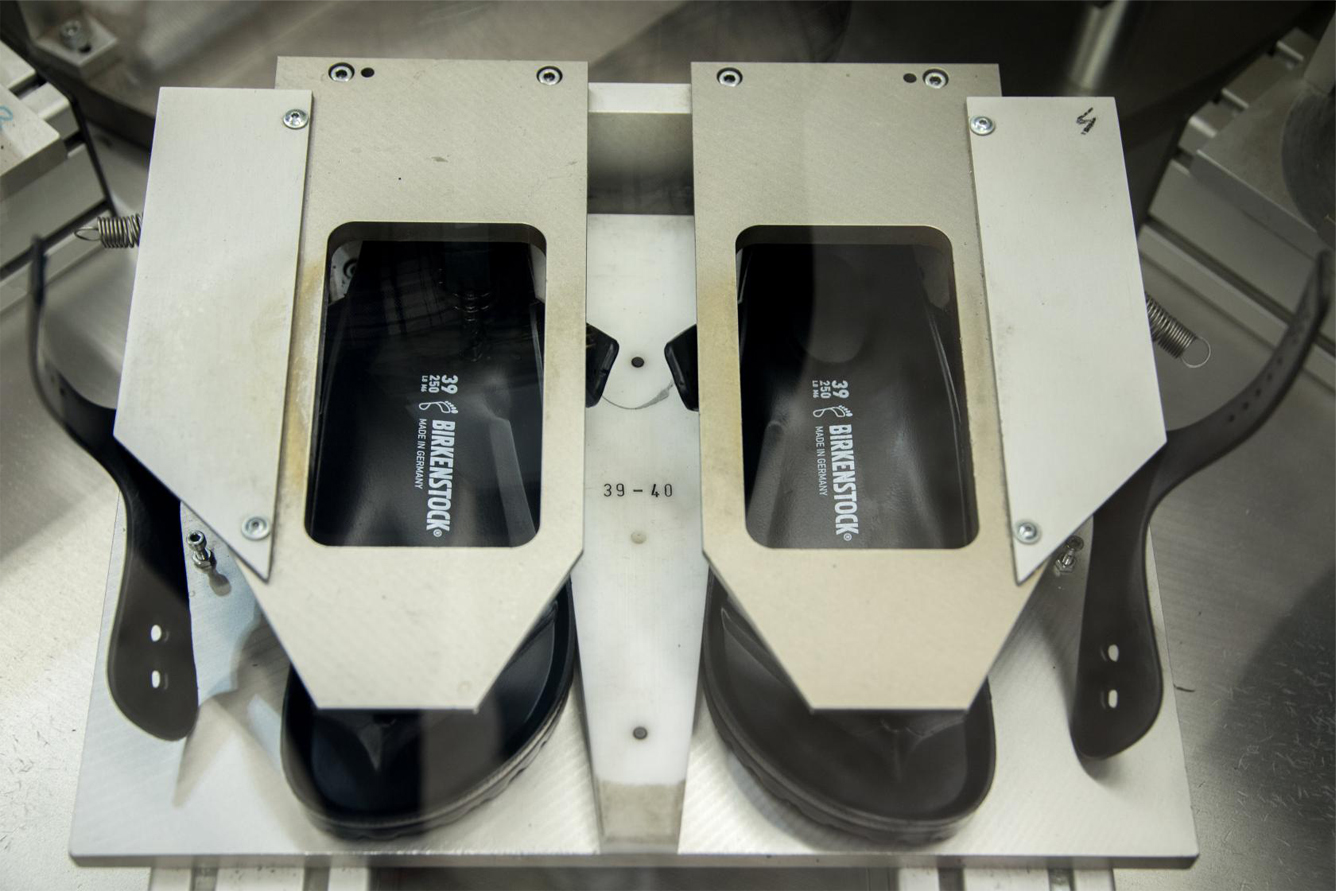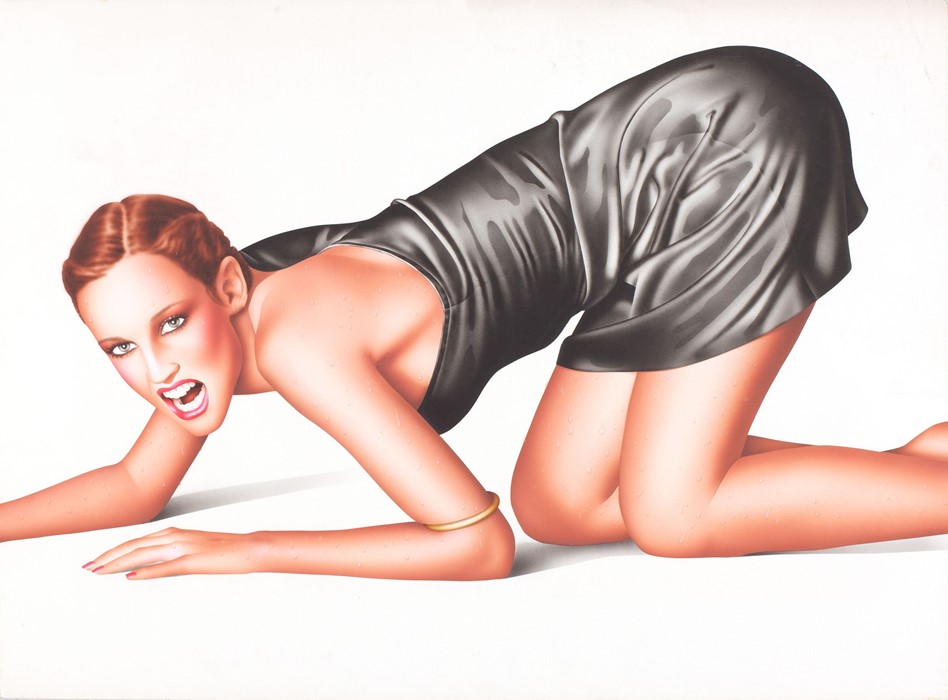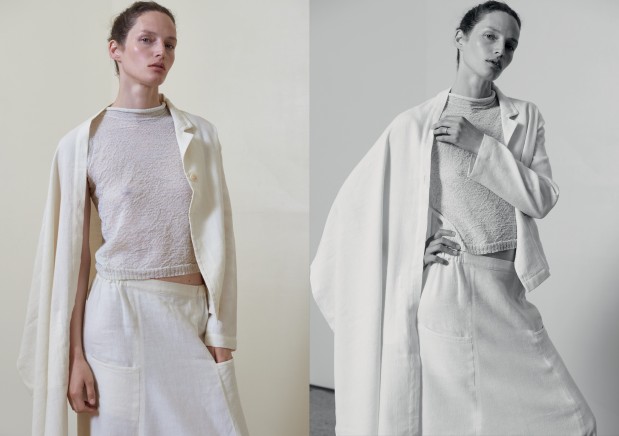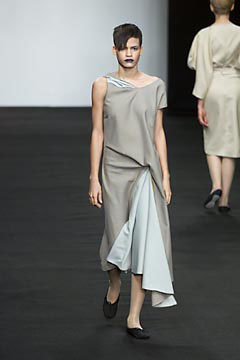Can Kazakhstan become a designer capital of the future?

From the geometric patterns spread across gigantic concrete buildings, to the wide boulevards and smoky traffic jams stretching past the foothills of the Trans-Ili Alatau mountains, Almaty — Kazakhstan’s former capital — has a graphic gall that’s proving increasingly hard for the west to snub. In fact, thanks to its flourishing economy, a flurry of sharp Céline handbags and blacked-out SUVs are transforming it into an Instagrammer’s Xanadu.
In 2012 came the high-end, six-floor Esentai Mall designed to offer an international atmosphere; for any booming nation, the arrival of a sparkly new Louis Vuitton is a sure sign of headway. Enriched by oil, the economy is expected to increase by nearly 6 per cent year on year until 2020. But where do the throng of independent labels working out of this Central Asian former Soviet republic fit into its mercantile future?
In November 2015, I spent two days with ten of Almaty’s pre-eminent fashion designers to help them find the answer. I was there as part of British Fashion Days, a British Council initiative organised in partnership with Mercedes Benz Fashion Week Almaty to develop skills for emerging talents. In a bright white room located on the 11th floor of Samal Towers (a 17-storey high-rise building clad with mirrored, blue windows), the designers sat silently in front of rails of varying heights, preparing to talk through their collections. It became clear that the generational dynamics of post-Soviet Kazakhstan are distinct. The local fashion industry seesaws between the old and the new. The collections from most of the country’s established designers who remember a time of no consumer choice ooze a glossy kind of luxury that now feels out of touch. Millennials who have only ever been exposed to branded fashion and the digital world are eager to upset the status quo.
![]()
Contemporary Kazakh fashion is as nuanced as anywhere else in the world. The designers’ look-books and Instagram accounts are crammed full of international élan. Danilo Kuchumov photographed the spring/summer 2015 collection for his label Khan Kuchum on basketball courts with models performing athletic jumps wearing loose fitting cotton shirts and trousers with orange piping. Pentatonica – a label designed by two friends Kira Maysheva and Saule Dzhamil – is, they say, focussed on a woman of substance: ‘Clothing should emphasize all the facets of complex human individuality.’ They use only natural fabrics like silk and cotton and have a steady stream of loyal customers who come back to them for their Transformer pieces that can be worn in several ways.
A handful of multi-brand boutiques — most notably those run by the Sauvage Group and online retailer Sprezzatura — are local pioneers for introducing avant-garde and independent designers to the market. Yet fashion education is nascent. In the classroom, makeup artist, beauty-blogger and now student at Kazakhstan Fashion Institute, Aizhan Kolchina, speaking swiftly in Russian, draped herself in two diaphanous film noir-ish gowns in peach and jade green, talking about her passion for costume and Marilyn Monroe. Kamila Kurbani showed her line of digitally printed neoprene sweatshirts depicting famous local landmarks; Aidana Kozhageldina waxed lyrical about her collection of black, minimalist clothes; former bank administrator Lariya Dzhakambaeva defended her taste for the ultra-feminine while clutching slinky gold and black Lurex separates of her own design.
The challenges for these designers come from Kazakhstan’s location, bordered by Russia, China, Kyrgyzstan, Uzbekistan and a substantial part of the enclosed Caspian Sea. It is the world’s largest landlocked country and, as a result, the local manufacturing of textiles has been slow to develop. Designers have relied on poor-quality fabrics imported from nearby and, at retail level, support for local talent is still disappointingly meagre. Inkara Shaimardanova, who graduated from London College of Fashion in 2012, was forlorn when presenting her collection of international it-girl denims, jackets with swooping lapels and big buttons: ‘What do you think?’ she asked. ‘The type of girl for these clothes isn’t in Kazakhstan.’
Sat in Raketa — a pan-American style bar and grill, filled with 20 year-olds squinting into iPhone screens, eating cheeseburgers and smoking shisha — the softly spoken designer behind one of Almaty’s most accomplished labels explained how she had already tired of the influence of large luxury brands. ‘Most of the people here are brand brainwashed,’ Aidana Kozhageldina shrugged, ‘I want to move.’ Kozhageldina attended the Kazakh Leading Academy of Architecture and Civil Engineering in 2012, winning a scholarship to the European School of Design the same year. Her artisanal clothes produced under the label Argentum are the result of her time spent interning in both Copenhagen and Bologna. The irritation she feels about the favouring of instant, disposable trends over craft and intelligent design are, I assure her, not a uniquely Kazakh problem.
![]()
There was something quite miserable about being in a distant country as idiosyncratic as Kazakhstan, yet confronted with the generic overconfidence of this season’s Prada heel. At a party to celebrate the second birthday of the local edition of Miroslava Duma’s fashion and lifestyle platform Buro 24/7, I watched a girl wearing a silver sequinned long-sleeve dress paired with black Dr. Martens boots gleefully bump around to the peppy smack of synthpop. She was full of the vitality needed to create a strong, cultural community in any city with an embryonic creative class.
Before the British Fashion Days initiative, the designers I met hadn’t considered the positive effect that a collective discourse might have on their situation. Their goal, I told them, is to work together to build a clear and authentic vocabulary for contemporary Kazakh fashion. This is their opportunity to snub the mediocrity of the megabrands to establish an identity as inimitable as the place itself. They all nodded, ‘YES.’











